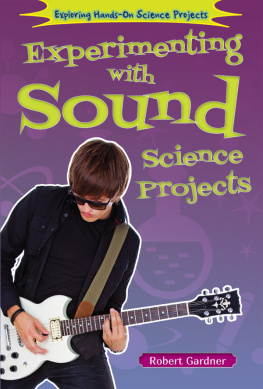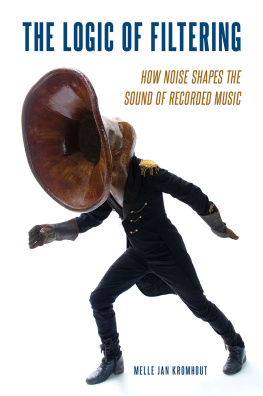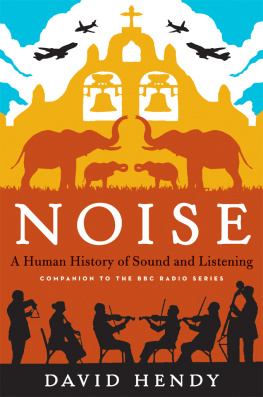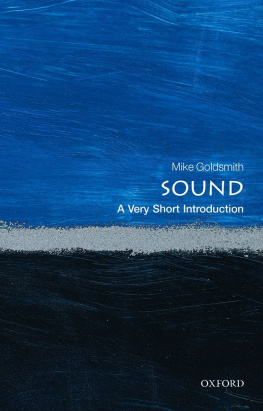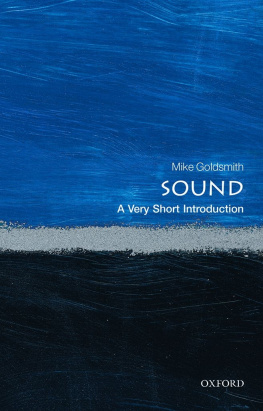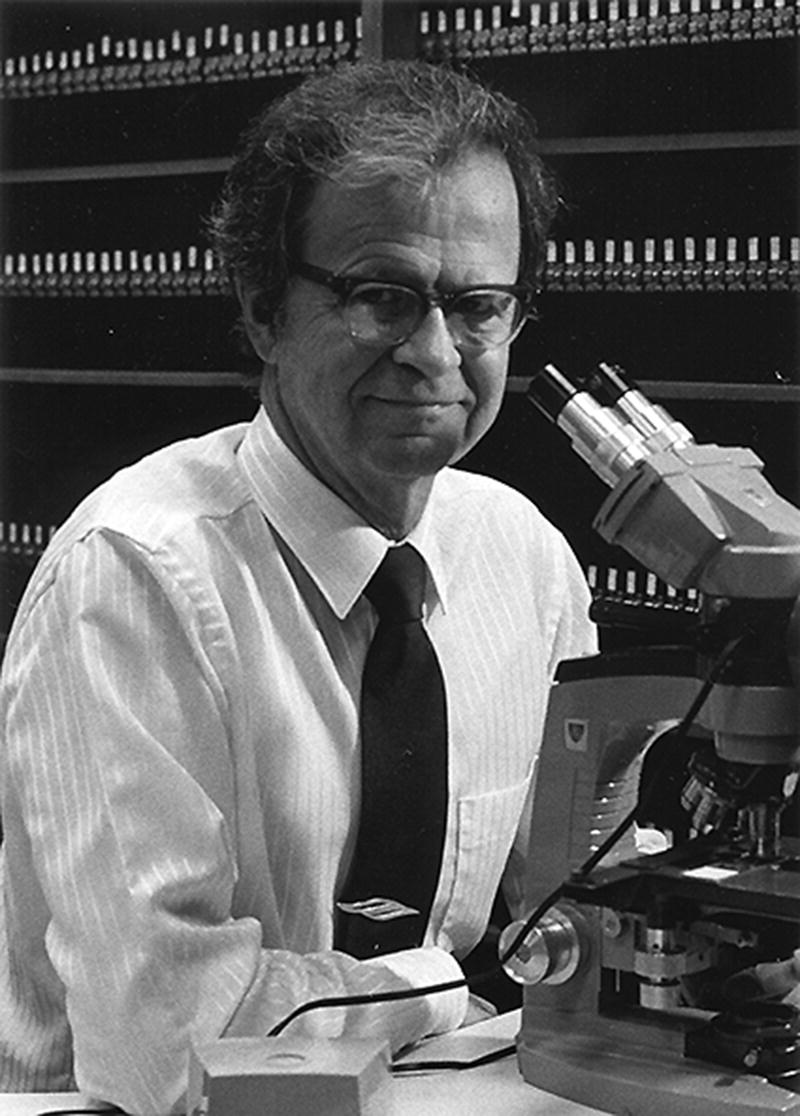Contents
Landmarks
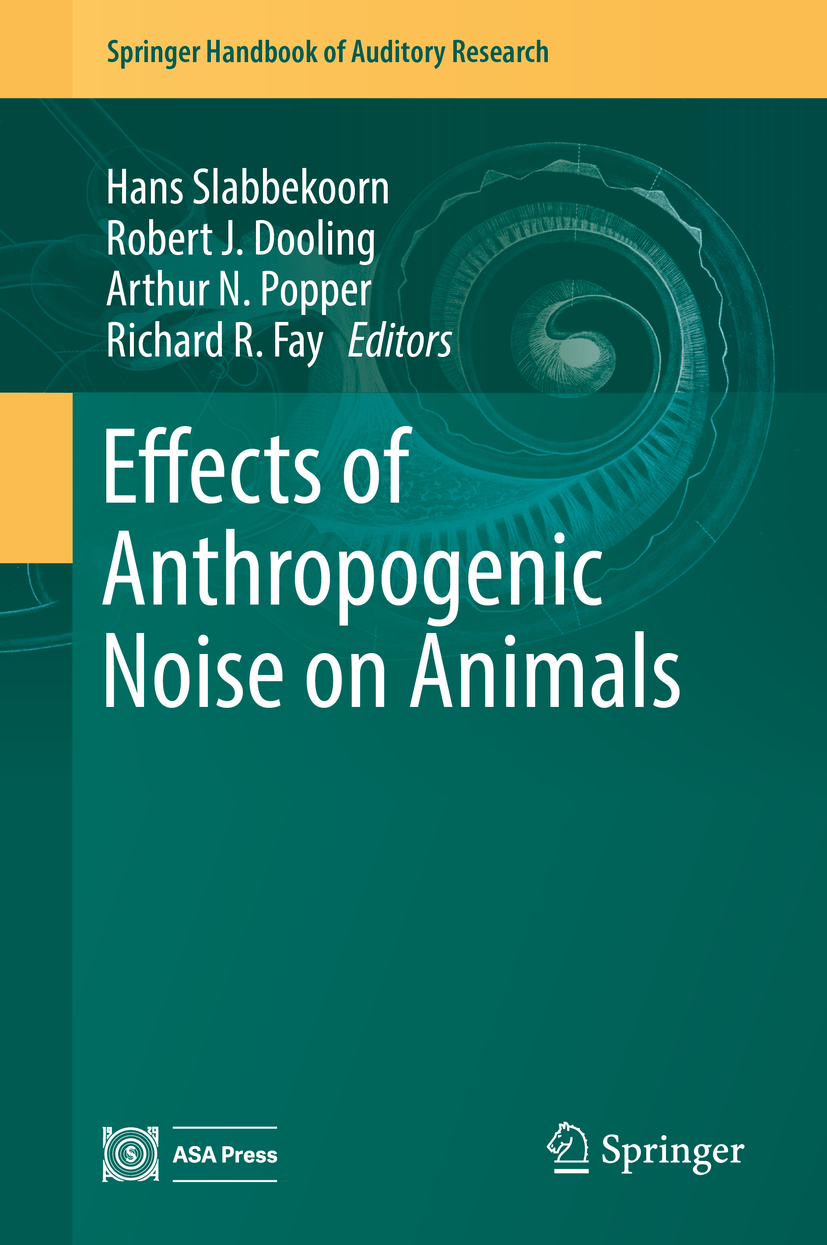
Volume 66
Springer Handbook of Auditory Research
Series Editors
Richard R. Fay
Loyola University Chicago, USA
Arthur N. Popper
University of Maryland, USA
Editorial Board
Karen Avraham
Tel Aviv University, Israel
Andrew Bass
Cornell University, USA
Lisa Cunningham
National Institutes of Health, USA
Bernd Fritzsch
University of Iowa, USA
Andrew Groves
Baylor University, USA
Ronna Hertzano
School of Medicine, University of Maryland, USA
Colleen Le Prell
University of Texas, Dallas, USA
Ruth Litovsky
University of Wisconsin, USA
Paul Manis
University of North Carolina, USA
Geoffrey Manley
University of Oldenburg, Germany
Brian Moore
Cambridge University, UK
Andrea Simmons
Brown University, USA
William Yost
Arizona State University, USA
More information about this series at http://www.springer.com/series/2506
The ASA Press
The ASA Press imprint represents a collaboration between the Acoustical Society of America and Springer dedicated to encouraging the publication of important new books in acoustics. Published titles are intended to reflect the full range of research in acoustics. ASA Press books can include all types of books published by Springer and may appear in any appropriate Springer book series.
Editorial Board
Mark F. Hamilton (Chair), University of Texas at Austin
James Cottingham, Coe College
Diana Deutsch, University of California, San Diego
Timothy F. Duda, Woods Hole Oceanographic Institution
Robin Glosemeyer Petrone, Threshold Acoustics
William M. Hartmann, Michigan State University
James F. Lynch, Woods Hole Oceanographic Institution
Philip L. Marston, Washington State University
Arthur N. Popper, University of Maryland
Martin Siderius, Portland State University
Andrea M. Simmons, Brown University
Ning Xiang, Rensselaer Polytechnic Institute
William Yost, Arizona State University.
Editors
Hans Slabbekoorn , Robert J. Dooling , Arthur N. Popper and Richard R. Fay
Effects of Anthropogenic Noise on Animals
Editors
Hans Slabbekoorn
Faculty of Science, Institute of Biology Leiden (IBL), Leiden University, Leiden, The Netherlands
Robert J. Dooling
Department of Psychology, University of Maryland, College Park, MD, USA
Arthur N. Popper
Department of Biology, University of Maryland, Silver Spring, MD, USA
Richard R. Fay
Loyola University Chicago, Chicago, IL, USA
ISSN 0947-2657 e-ISSN 2197-1897
Springer Handbook of Auditory Research
ISBN 978-1-4939-8572-2 e-ISBN 978-1-4939-8574-6
https://doi.org/10.1007/978-1-4939-8574-6
Library of Congress Control Number: 2018953164
Springer Science+Business Media, LLC, part of Springer Nature 2018
This work is subject to copyright. All rights are reserved by the Publisher, whether the whole or part of the material is concerned, specifically the rights of translation, reprinting, reuse of illustrations, recitation, broadcasting, reproduction on microfilms or in any other physical way, and transmission or information storage and retrieval, electronic adaptation, computer software, or by similar or dissimilar methodology now known or hereafter developed.
The use of general descriptive names, registered names, trademarks, service marks, etc. in this publication does not imply, even in the absence of a specific statement, that such names are exempt from the relevant protective laws and regulations and therefore free for general use.
The publisher, the authors and the editors are safe to assume that the advice and information in this book are believed to be true and accurate at the date of publication. Neither the publisher nor the authors or the editors give a warranty, express or implied, with respect to the material contained herein or for any errors or omissions that may have been made. The publisher remains neutral with regard to jurisdictional claims in published maps and institutional affiliations.
This Springer imprint is published by the registered company Springer Science+Business Media, LLC part of Springer Nature.
The registered company address is: 233 Spring Street, New York, NY 10013, U.S.A.
This volume is dedicated to the memory of Professor Douglas B. Webster (19342017), a remarkable teacher, mentor, scholar, colleague, and friend. All of the editors know Dougs fascinating work on hearing in desert rodents, but Dick Fay and Art Popper had the pleasure of working closely with Doug on two very important volumes in which his scholarly expertise was critical to the success of the books. The first was The Evolutionary Biology of Hearing (Webster, D. B., Fay, R. R., and Popper, A. N., 1992, Springer-Verlag, New York) and the second was volume 1 in the SHAR series in which Doug was the first senior editor ( The Mammalian Auditory Pathways: Neuroanatomy, Webster, D. B., Popper, A. N., and Fay, R. R., 1992, Springer-Verlag, New York). Art is particularly grateful to Doug because it was in Dougs lab at New York University that Art (then an undergraduate) was first introduced to comparative biology and research on the auditory system.
Acoustical Society of America
The purpose of the Acoustical Society of America ( www.acousticalsociety.org ) is to generate, disseminate, and promote the knowledge of acoustics. The Acoustical Society of America (ASA) is recognized as the worlds premier international scientific society in acoustics, and counts among its more than 7000 members, professionals in the fields of bioacoustics, engineering, architecture, speech, music, oceanography, signal processing, sound and vibration, and noise control.
Since its first meeting in 1929, the ASA has enjoyed a healthy growth in membership and in stature. The present membership of approximately 7000 includes leaders in acoustics in the United States of America and around the world. The ASA has attracted members from various fields related to sound including engineering, physics, oceanography, life sciences, noise and noise control, architectural acoustics; psychological and physiological acoustics; applied acoustics; music and musical instruments; speech communication; ultrasonics, radiation, and scattering; mechanical vibrations and shock; underwater sound; aeroacoustics; macrosonics; acoustical signal processing; bioacoustics; and many more topics.
To assure adequate attention to these separate fields and to new ones that may develop, the Society establishes technical committees and technical groups charged with keeping abreast of developments and needs of the membership in their specialized fields. This diversity and the opportunity it provides for interchange of knowledge and points of view has become one of the strengths of the Society.


